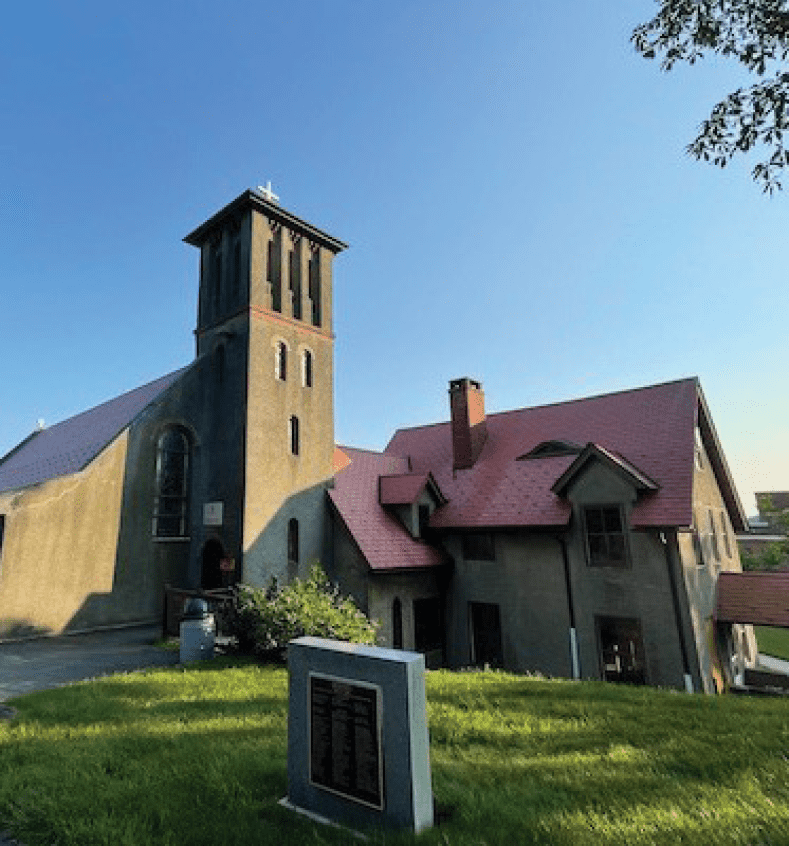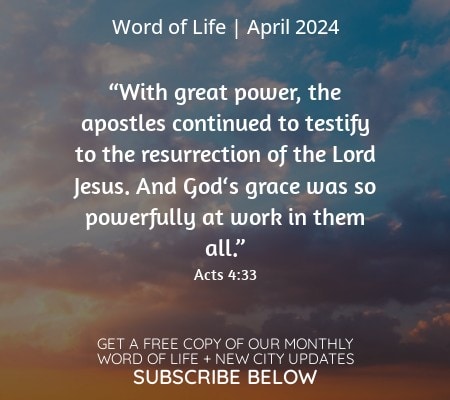Working for Christian unity requires “two or more” — it needs people’s effort and enthusiasm, but only God can give the gift of true unity. Therefore, a big part of striving toward communion among the different denominations is prayer, and hoping that God helps us to overcome divisions and grow closer.
It was in the Hudson Valley (New York) that this idea led to the initiative that we know today as the Week of Prayer for Christian Unity. Fr. Paul Wattson, one of the founders of the Graymoor Franciscan Friars, proposed the Octave of Christian Unity in 1908.
He came up with the idea of the week beginning on January 18, the Feast of the Confession of St. Peter, and concluding on January 25, the Feast of the Conversion of St. Paul. (Since Vatican II, the Confession of Peter is no longer part of the General Roman Calendar but continues to be observed by Anglican churches.)
The origins
The Graymoor Franciscan Friars of the Atonement have their roots in the Episcopal Church. In December 1898, Mother Lurana White and two companions traveled to Graymoor to look after the abandoned chapel of St. John in the Wilderness.
Rev. Lewis T. Wattson arrived at Graymoor a couple of months later and professed his vows as a Friar of the Atonement in June 1899, taking the name Paul James Francis. The communities of sisters and friars began to grow very slowly in the Episcopal Church.
In 1909, 17 of their members were received into the Catholic Church, and they continued as a Catholic order. Vatican II’s decree on ecumenism, Unitatis Redintegratio, released in 1964, confirmed and rekindled their ecumenical charism.
The Franciscan Friars of the Atonement began joint publications of the leaflets for the Week of Prayer for Christian Unity, with the Faith and Order Section of the National Council of Churches and the approval of the U.S. Conference of Catholic Bishops.
With fewer vocations in a changing church, the friars had to reinvent themselves and discern priorities. Fr. Jim Loughran, vicar general and director of the Graymoor Ecumenical & Interreligious Institute, shared the challenging decisions that they had to take.
“The Friars of the Atonement came to agree that we were not primarily a congregation that engaged in teaching, so even though our new college seminary had been built at Graymoor in 1960, by 1968 it was closed.
“Those friars who had been teaching there were able to use their intellect to go into other kinds of ministries, and some became great pastors, professors or librarians, but as a community, we shifted our resources and our focus to what was the founding charism of the community: ecumenical engagement in service of the unity of the Church.”
The Graymoor Ecumenical and Interreligious Institute is now located in the Interchurch Center in New York City, in a diverse neighborhood close to other churches, seminaries, the Jewish Theological Seminary, and Columbia University.
“We established Graymoor Ecumenical Institute in 1968 at our Motherhouse of Graymoor in Garrison, New York, and the Centro Pro Unione in Rome in 1969. The purpose of these institutes was to equip and deploy the friars who were now being trained to invest our energy and resources into the post-Vatican II ecumenical moment,” said Fr. Loughran.
Their bimonthly journal Ecumenical Trends was born in this context; its first issue was published in April 1972.
The week has come a long way

The Week of Prayer for Christian Unity has gone far beyond its humble beginnings and is now a fixed event in the calendar of many parishes and congregations all around the world. Its content is jointly prepared and published by the Catholic Church’s Dicastery for Promoting Christian Unity and the Commission on Faith and Order of the World Council of Churches.
Member churches who participate include the Assyrian Church of the East, the Oriental Orthodox Churches, the Eastern Orthodox Churches, the Old Catholic Church, the Moravian Church, the Lutheran Churches, the Anglican Communion, the Mennonite Churches, the Methodist Churches and the Reformed Churches, as well as the Baptist Churches and the Pentecostal Churches.
“Faith that we are better together than apart goes a long way, because ecumenism is not a project in the sense of a diplomatic effort to negotiate a treaty; it’s the work of the Holy Spirit,” explains Loughran.
Graymoor has a long history of grassroots ecumenism, matching the Franciscan dimension of their ecumenical charism. The friars and sisters work with the poor — not only with those who are crushed by addiction or starving, but also with people who are spiritually starving because they have been betrayed and abused by society and its institutions.
The Institute in Graymoor helps to distribute the material for the prayer, entrusting its creation to a different part of the world every year. This year’s theme is “Do good; seek justice” and is taken from Isaiah 1:17. The theme was chosen, and the materials prepared, by a group of Christians in the U.S. convened by the Minnesota Council of Churches.
In September 2021, delegates from Minnesota met with representatives of the Catholic Church and the World Council of Churches in the Château de Bossey, Switzerland, to finalize materials.
The theme was chosen in response to the injustice experienced by people of color in the United States and the whole world, exemplified by the murder of George Floyd by a Minneapolis police officer in 2020.
Friars of “at-one-ment”
Each year, the Week of Prayer for Christian Unity rekindles the vocation of the friars and sisters to live, pray and minister “that all may be one” (Jn 17:21).
Fr. Loughran is happy that many come to know about the origins of this annual event. The ecumenical relations and their progress count.
“One of my favorite passages in the Gospels is when the disciples inform Jesus, ‘We saw someone casting out a demon in your name, but they’re not one of our community, so we stopped him.’ And Jesus says, in effect, ‘Do not stop him… Whoever is not against us is for us’ (see Mk 9:38-41). That is an all-too-easily forgotten ecumenical principle — starting from the presumption of cooperation rather than competition.”
And, at last, it matches his congregation’s name. “Atonement” can also be read “at-one-ment” after all.
Susanne Janssen
(Living City, USA)





